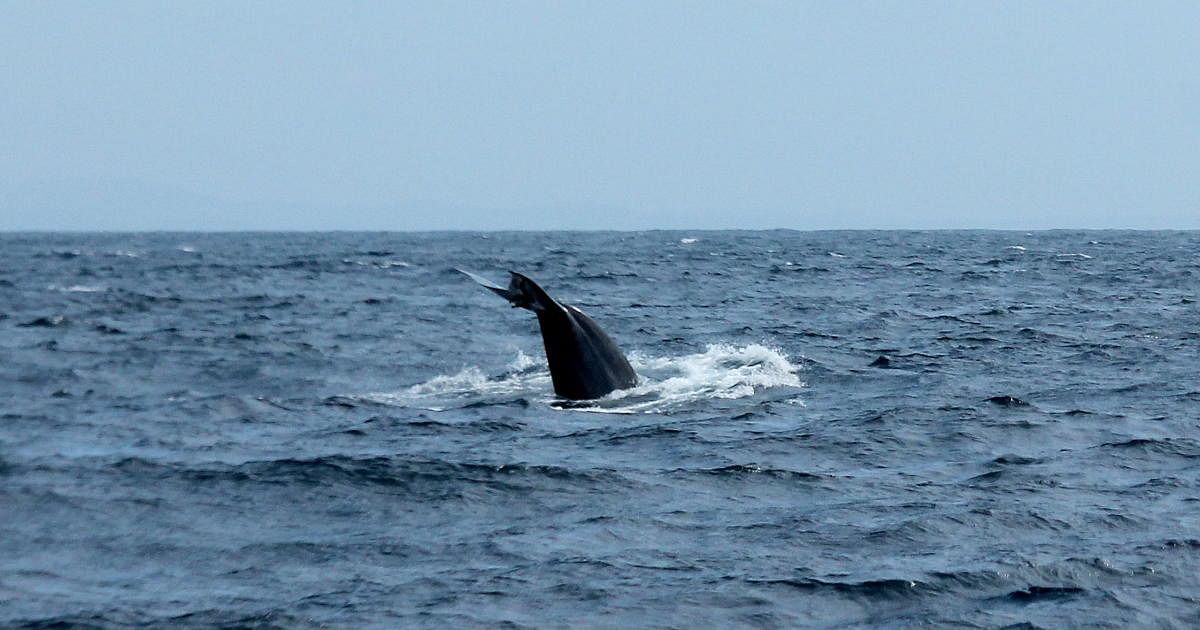
In a first, scientists have discovered the remnants of seawater dating back to the Ice Age, tucked inside rock formations in the middle of the Indian Ocean.
Researchers from the University of Chicago in the US made the discovery on a months-long scientific mission exploring the limestone deposits that form the Maldives.
The ship, the JOIDES Resolution, is specifically built for ocean science and is equipped with a drill that can extract cores of rock over a mile long from up to three miles beneath the seafloor.
Then scientists either vacuum out the water or use a hydraulic press to squeeze the water out of the sediments.
"Previously, all we had to go on to reconstruct seawater from the last Ice Age were indirect clues, like fossil corals and chemical signatures from sediments on the seafloor," said Clara Blattler, an assistant professor of geophysical sciences at the University of Chicago.
"But from all indications, it looks pretty clear we now have an actual piece of this 20,000-year-old ocean," Blattler said in a statement.
The scientists were actually studying those rocks to determine how sediments are formed in the area, which is influenced by the yearly Asian monsoon cycle.
However, when they extracted the water, they noticed their preliminary tests were coming back salty -- much saltier than normal seawater.
"That was the first indication we had something unusual on our hands," Blattler said.
The scientists took the vials of water back to their labs and ran a rigorous battery of tests on the chemical elements and isotopes that made up the seawater.
All of their data showed that the water was not from today's ocean, but the last remnants of a previous era that had migrated slowly through the rock.
Scientists are interested in reconstructing the last Ice Age because the patterns that drove its circulation, climate and weather were very different from today's.
Understanding these patterns could shed light on how the planet's climate will react in the future.
"Any model you build of the climate has to be able to accurately predict the past," Blattler said.
For example, she said, ocean circulation is a primary player in climate, and scientists have a lot of questions about how that looked during an Ice Age.
"Since so much fresh water was pulled into glaciers, the oceans would have been significantly saltier -- which is what we saw," Blattler said.
"The properties of the seawater we found in the Maldives suggests that salinity in the Southern Ocean may have been more important in driving circulation than it is today," she said.
The findings may also suggest places to search for other such pockets of ancient water.